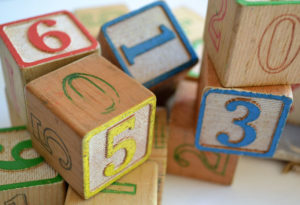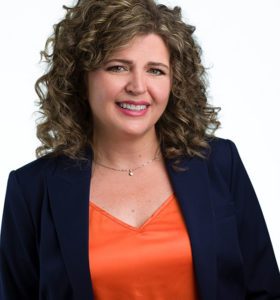
As an educator with over 20 years of experience in school administration, I am well-versed in issues related to learning differences and disabilities/neurodiversity. However, it was not until I began mothering a child with these differences that neurodiversity became my passion. I started seeing differences in my son just over a decade ago. Given my experience as an educational leader, one might assume that I would know what to do to provide my child with the resources he would need. Unfortunately, that was not the case. I felt as though I was on an uphill battle every step of the journey. Feelings of shame, insecurity, and fear haunted me daily. Knowing my child’s future was at stake provided me with the determination and grit that I needed to scour the internet and my local resources to find my son the help he needed. I never want another parent to have to flounder through the neurodiverse journey as I did. I want to empower parents with the resources to navigate that journey confidently. I want all neurodiverse children to thrive. Knowing the neurodiversity A, B, C’s is the first step, so let’s get started.
The A, B, C’s for neurodiversity are Be Aware, Be Brave, Be Curious. Neurodiversity is a term that encompasses all learning differences or neurological conditions from Autism to Obsessive-Compulsive Disorder. For decades we have accepted the idea that these differences were the result of faulty biology. We have held to the belief that conditions like Dyslexia, Autism, or Tourette’s were disabilities. The concept of neurodiversity is anchored in the idea that these differences are naturally occurring and perhaps even part of the evolutionary process. As a mother, I can attest that adopting a neurodiversity inclusion has benefitted every aspect of my life. To embrace one another fully, we must change the way we view relationships. One of the hallmarks of neurodiversity is Sensory Processing Disorder. In essence, the neurodiverse experience sensory input differently. Shared experiences are a foundational element of relationships. When we do not share sensory reality, relationships can become more challenging. How do we effectively manage this challenge? The answer is as simple as the A, B, C’s: Be Aware, Be Brave, Be Curious.
Awareness requires both intention and focus. Essentially awareness is the intentional observation of your environment and the people within it. To practice awareness, ask yourself some internal questions about your surroundings: Is it loud or distracting? Are those around me engaging or withdrawn? Are there inviting odors? Awareness is a core aspect of the sensory system. For this reason, developing and enhancing awareness is step one in the neurodiversity inclusion process. Anything done to improve or elevate the quality of one’s surroundings is neurodiversity inclusion in action. These actions could include the enhancement of physical environments and interpersonal interactions. Any effort made to monitor and control the volume, tone, breadth, measure, and content of your speech and communications is a step forward.
The most productive interactions with others require bravery. The conversations that move us beyond our comfort zones change things. Change is not easy. Most people do not change until the pain of staying the same becomes more significant than the pain required for change. Embracing neurodiversity demands change and involves the unknown. This is likely the reason so many still discriminate against the neurodiverse. Begin practicing bravery by intentionally planning to engage in a new activity that you might have previously avoided. Engage the cashier at the grocery store in a sincere and positive conversation. Smile at someone who appears awkward or shy. Take the time to compliment someone you know but do not typically socialize with. The most important takeaway here is to always reach out in kindness. These practices will inevitably result in positive transformation. Brave people positively change people!!
Curiosity is my favorite part of the inclusion equation. Acceptance and belonging are essential to one’s ability to thrive. Loneliness is one of the highest indicators of depression. Curiosity develops a sense of value and worth. When you kindly ask someone a personal question, that inquiry expresses care. There are unlimited opportunities for you to display curiosity in action. You might engage that quiet or awkward person at work in a conversation or a shared lunch. Ask the most challenging person you know if they have a favorite pastime. Curiously engage with peers and colleagues in search of shared experience. Curiosity leads to acceptance and establishes inclusion.
The A, B, C’s of neurodiversity: Be Aware, Be Brave, Be Curious create inclusion. Inclusion is essentially relationship building. Neurodiversity inclusion can only enhance our world. Anything done to invest in relationships with others positively will expand our horizons. Awareness inspires and cultivates inclusion. Acts of bravery expand your potential reach. Curious engagement develops acceptance and belonging, resulting in empowerment. Neurodiversity inclusion is as simple as knowing your A, B, C’s. Even the smallest steps forward every day result in good things.

